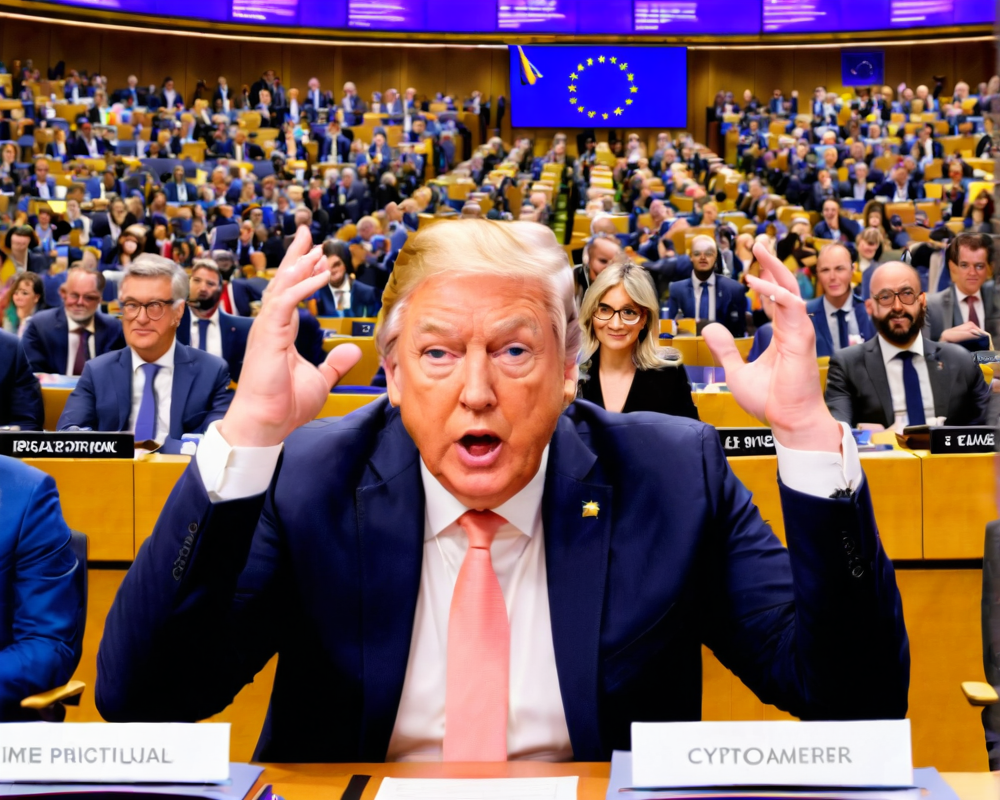Understanding the MiCA Bill
The Markets in Crypto Assets (MiCA) bill is more than just a catchy acronym in the crypto world; it’s a regulatory leviathan containing 126 articles designed to provide clarity in the chaotic realm of cryptocurrencies. Introduced as part of the EU’s broader Digital Finance strategy back in 2020, MiCA tackles everything from major currencies to decentralized finance (DeFi), minus the central bank digital currencies (CBDCs). Think of it as a roadmap for navigating the wild west of crypto.
The Great Proof-of-Work Debate
During a thrilling Monday session, the spotlight shone on two contrasting drafts of the MiCA bill. One version sent shivers down the spines of crypto enthusiasts by proposing an outright ban on proof-of-work (PoW) cryptocurrencies, such as Bitcoin. Thankfully, this version faced its demise, as Committee member Stefan Berger assured members that the language proposing a ban had been eliminated from the final draft. Imagine trying to get a bunch of rebellious teenagers to submit environmental plans—impossible, right?
A Sigh of Relief for Crypto Advocates
As it turned out, the crypto industry breathed a collective sigh of relief when the majority of the Members of the European Parliament (MEPs) voted against the hardline version of MiCA. The final tally saw 32 votes against the restrictive proposal while only 24 brave souls (mostly from the Green faction and the Progressive Alliance of Socialists and Democrats) supported it. Clearly, even MEPs understand that trying to regulate something as fluid as crypto with heavy-handed bans is about as effective as herding cats.
The Future of Crypto Regulation in Europe
The more forgiving version of the MiCA bill won the day, allowing proof-of-work mining to continue its operations in the EU without a direct attack from regulators. However, the clock is ticking; the European Commission has been tasked to report back with proposals on how to classify crypto mining activities in terms of sustainability by January 1, 2025. Until then, mining could still be labeled as “unsustainable,” leaving the door ajar for possible restrictions.
What’s Next for MiCA?
Looking forward, MiCA will be subjected to a three-way discussion involving the European Parliament, the European Commission, and the Council of the European Union. If MiCA is the emotional rollercoaster ride of the crypto world, we might want to buckle up, as the next twists and turns are yet to unfold. Ultimately, the future of crypto regulation in Europe hangs in the balance, but for now, things are looking brighter for those who favor a more moderate approach.




